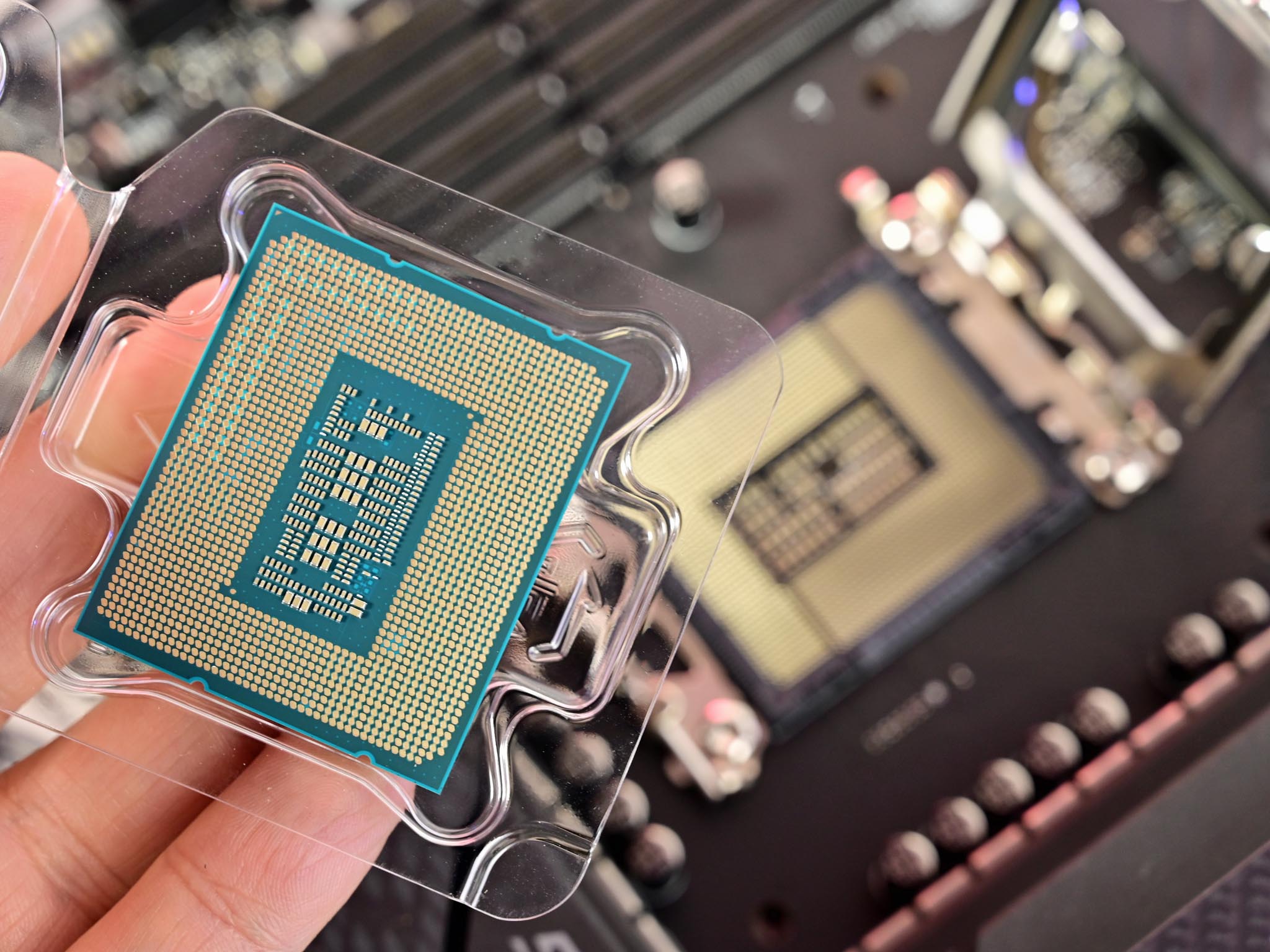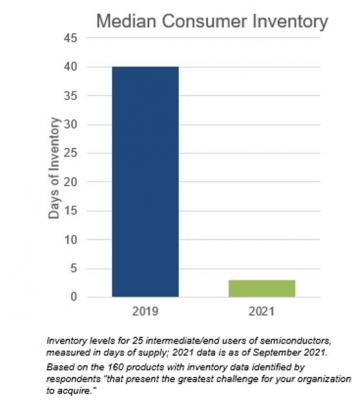U.S. government chip shortage report exposes one big bottleneck across the tech industry
The latest report from the U.S. government substantiates existing claims and provides new info.

What you need to know
- The global chip shortage has been causing supply chain issues in numerous industries around the world for roughly two years now.
- Its problems are multifaceted and widespread, a point reiterated by the latest report from the U.S. government.
- The new report from the Department of Commerce also sheds light on some of the less-discussed factors contributing to the ongoing semiconductor supply issues.
The U.S. Department of Commerce has released its report detailing the findings of the Request for Information (RFI) it kicked off in September 2021. That request caused a bit of a kerfuffle with semiconductor manufacturing giants such as TSMC.
Since then, the key chip players have forked over the info, and the U.S. government has a report to share with the world. It contains a lot of useful information, so you'll want to scan the whole thing when you get the chance, but in short, it substantiates a few key findings and company claims we've reported on throughout the shortage. For example, a 2021 report indicated many Taiwanese companies pinned the shortage blame on Texas Instruments' inability to ramp up analog chip production, citing it as the root of the semiconductor crisis. And now, the U.S. government has stated that, indeed, a lack of analog chips appears to be one of the biggest contributors to the worldwide situation. Legacy logic and optoelectronics chip shortages are also referenced as being part of the problem.
Here are a few other key findings from the report:
- Median demand for chips highlighted by buyers was as much as 17% higher in 2021 than 2019, and buyers aren't seeing commensurate increases in the supply they receive. This is a major supply and demand mismatch.
- The median inventory of semiconductor products highlighted by buyers has fallen from 40 days in 2019 to less than 5 days in 2021 (see Figure 2). These inventories are even smaller in key industries.
- The primary bottleneck across the board appears to be wafer production capacity, which requires a longer-term solution.

Right there lies the big issue, according to the report: Wafer production isn't keeping up with demand. For what it's worth, the big industry players are working overtime to fix that, though solutions involve a lot of planning and development over the course of years.
Again, be sure to check out the U.S. Department of Commerce's full report for the in-depth scoop on every facet of the RFI findings. Also peruse the expert indications that the chip shortage's end may be in sight (at least, an end for the worst parts of it).
Get the Windows Central Newsletter
All the latest news, reviews, and guides for Windows and Xbox diehards.
Robert Carnevale is the News Editor for Windows Central. He's a big fan of Kinect (it lives on in his heart), Sonic the Hedgehog, and the legendary intersection of those two titans, Sonic Free Riders. He is the author of Cold War 2395. Have a useful tip? Send it to robert.carnevale@futurenet.com.

